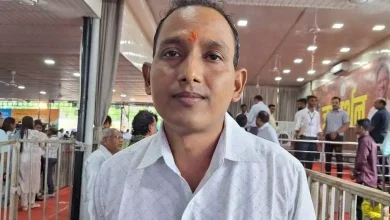Shree Jagannath Temple Administration affidavit on Srimandir Ratna Bhandar challenged
The legal battle over an inventory of the ornaments, jewellery and other valuables inside Ratna Bhandar (treasury) of the Jagannath temple in Puri which had ensued with the filing of a PIL has intensified in the Orissa High Court.
While Shree Jagannath Temple Administration (SJTA) had in a counter affidavit taken the stand that there was no necessity for an inventory as “the articles stored inside the Ratna Bhandar (inner and outer) are quite safe beyond any doubt”, the petitioner has in a reply affidavit alleged that “the assertions seem presumptuous”.
On the mention of the submission of the rejoinder by the petitioner on Monday, the division bench of Chief Justice Subhasis Talapatra and Justice Savitri Ratho posted the matter to October 19 for further consideration.
Dilip Kumar Mohapatra, a resident of Cuttack City filed the PIL seeking an inventory of the articles kept inside the Ratna Bhandar. In the counter affidavit administrator (Niti), SJTA, Jitendra Kumar Sahoo had asserted that “in view of the facts and circumstances it may not be necessary to constitute a committee to make inventory periodically as the properties/valuables are kept intact inside the Ratna Bhandar of Shree Jagannath Temple.”
In his rejoinder to SJTA’s counter affidavit, Mohapatra said constituting a separate committee would ensure evaluation free from conflict of interest, transparency, and diligence. Moreover, incorporating diverse stakeholders in such a committee can gain public trust. Besides, a specialised committee can use the latest evaluation techniques along with up-to-date security and preservation methods, he said.
According to official records, the Ratna Bhandar was opened for the purpose of inventory of valuables in 1978. No inventory has since been done. The treasury was then opened in 1985 to use some gold for the repair of Lord Balabhadra’s ornaments.
In his reply, Mohapatra pointed out that Rule 6 (4) of Shri Jagannath Temple Rule 1960 necessitates periodic verification and comparison at least every six months of the second and third categories of articles. “The details of the last reported verification are conspicuously missing from the counter affidavit,” he stated.





